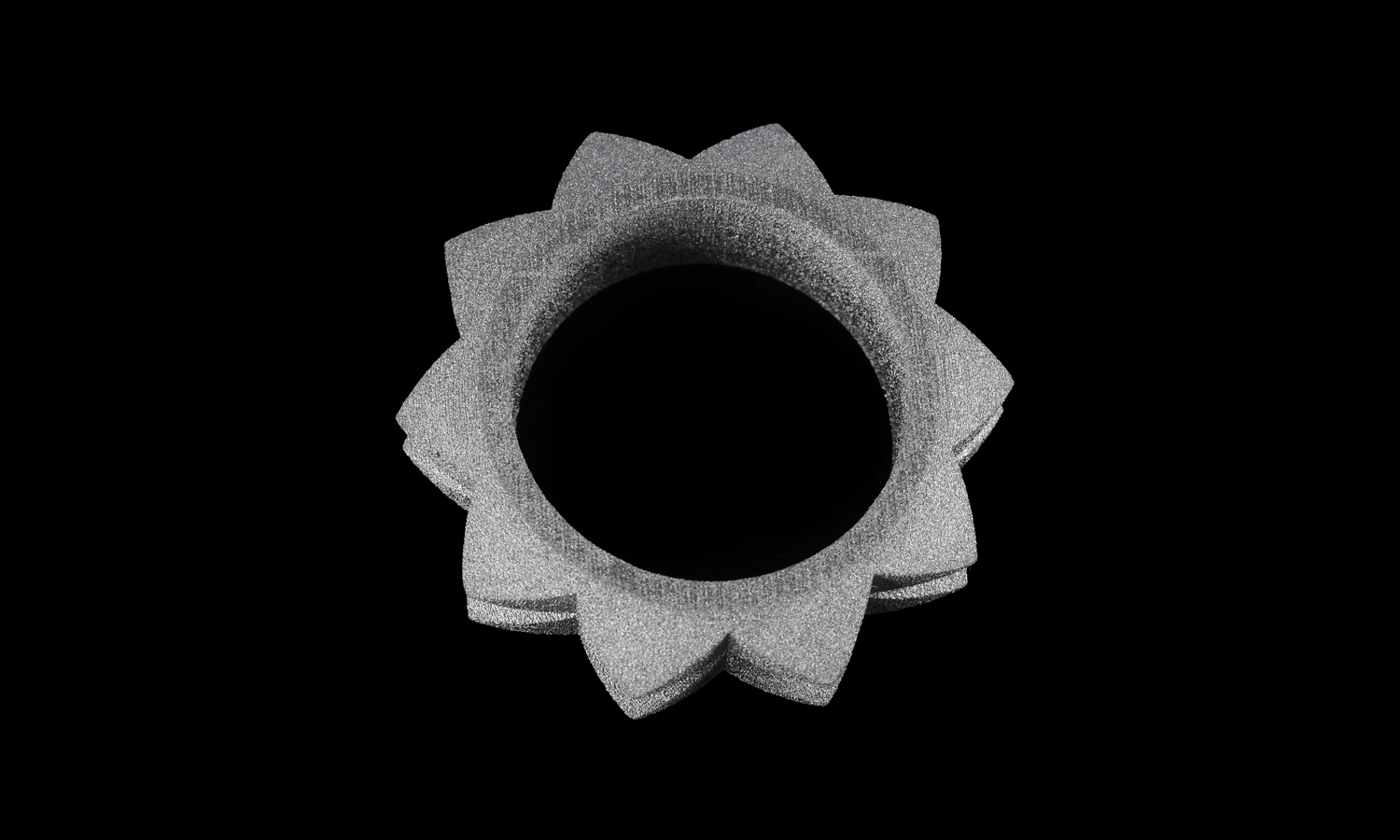Gallery
About Project
This isn’t just a ring; it’s a wearable piece of industrial art. 3D printed in durable SS316L stainless steel using BinderJet technology, this ring boasts a unique design with triangular facets encircling its circumference. The raw, unfinished surface, complete with visible layer lines, adds a tactile dimension and a nod to the manufacturing process.
The triangular protrusions give the ring a gear-like appearance, suggesting a mechanical utility that contrasts with its delicate form. This juxtaposition of strength and subtlety makes it a striking piece of jewelry that defies expectations.
Ready to bring your own 3D-printed metal designs to life? FacFox offers a wide range of metal 3D printing services, including BinderJet, to help you realize your creative visions. From intricate jewelry to functional prototypes, our expertise and advanced technology ensure high-quality results.
Visit FacFox today to learn more and get started on your next project.
Solution
- Step 1: 3D Model Creation. A digital 3D model of the ring, complete with its intricate triangular facets, was designed using specialized CAD software.
- Step 2: Slice Preparation. The 3D model was sliced into thin, horizontal layers, each representing a cross-section of the final product.
- Step 3: Powder Bed Preparation. A thin layer of stainless steel powder (SS316L) was spread evenly across a build platform.
- Step 4: Binder Jetting. A printhead deposited a binder solution onto the powder bed, selectively bonding the powder particles in the shape of the first layer of the ring.
- Step 5: Powder Removal. Excess powder was removed from the partially built part.
- Step 6: Layer Deposition and Curing. A new layer of powder was spread, and the process of binder jetting and powder removal was repeated for each subsequent layer.
- Step 7: Debinding. The partially built part was subjected to a debinding process to remove the binder, leaving a porous, green state part.
- Step 8: Sintering. The green state part was sintered in a high-temperature furnace, fusing the metal powder particles together to form a solid, dense metal part.








